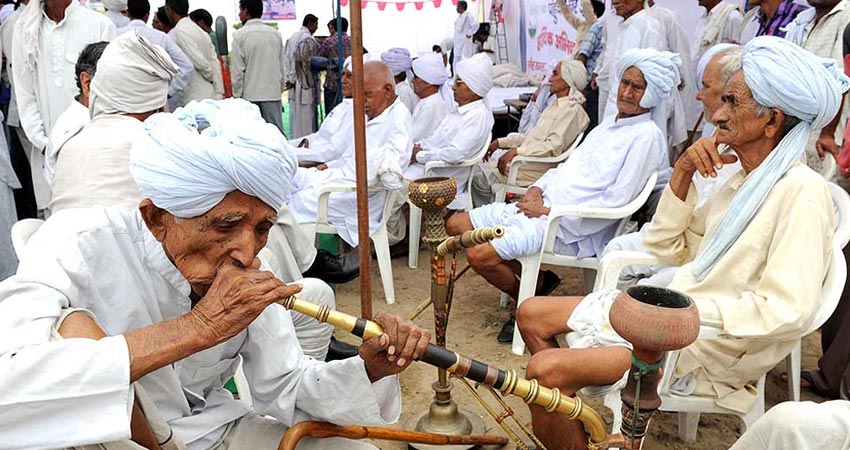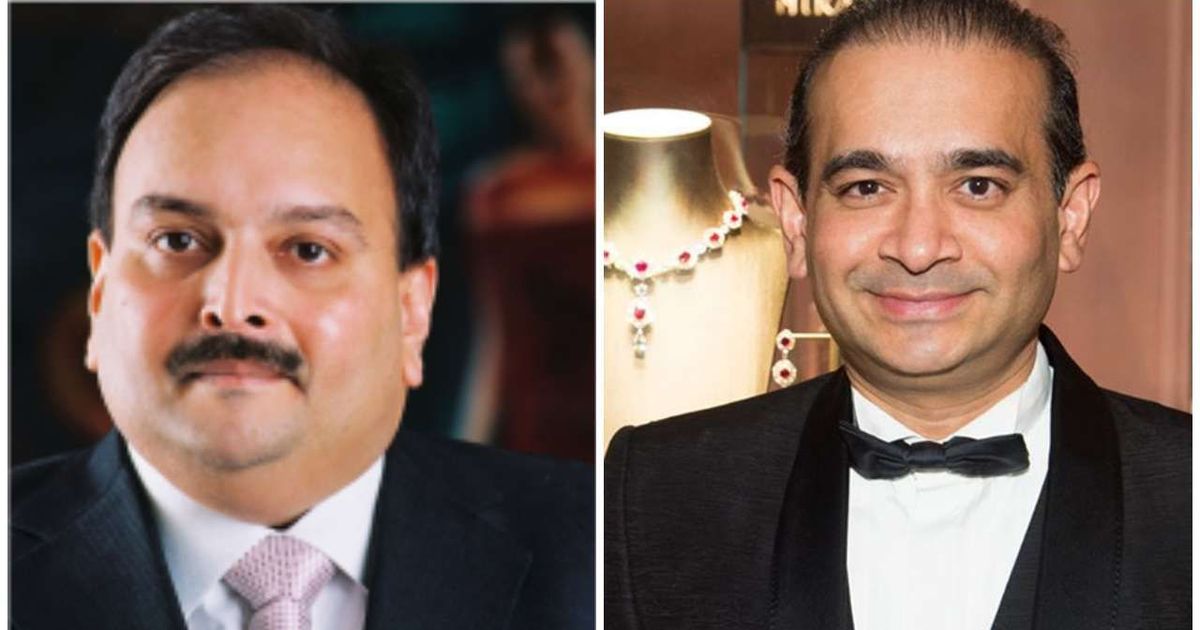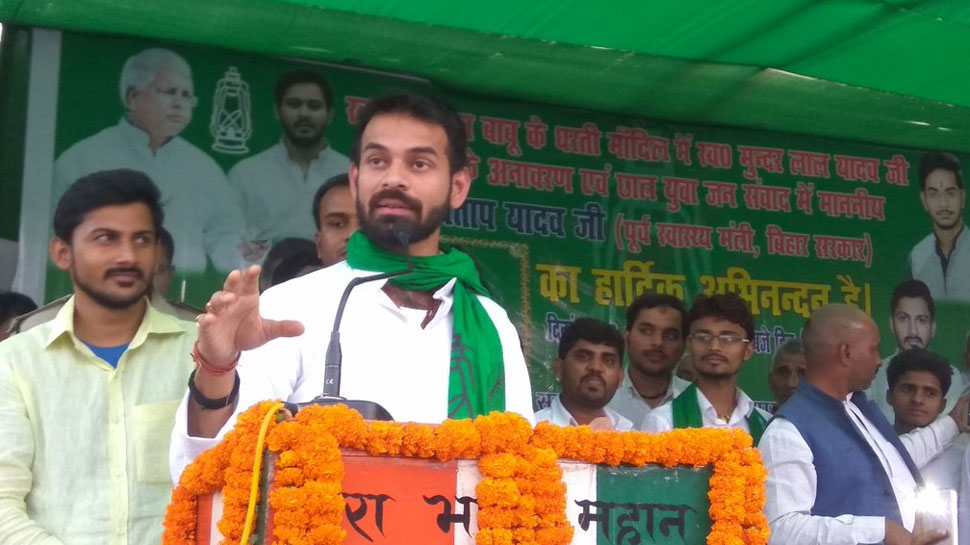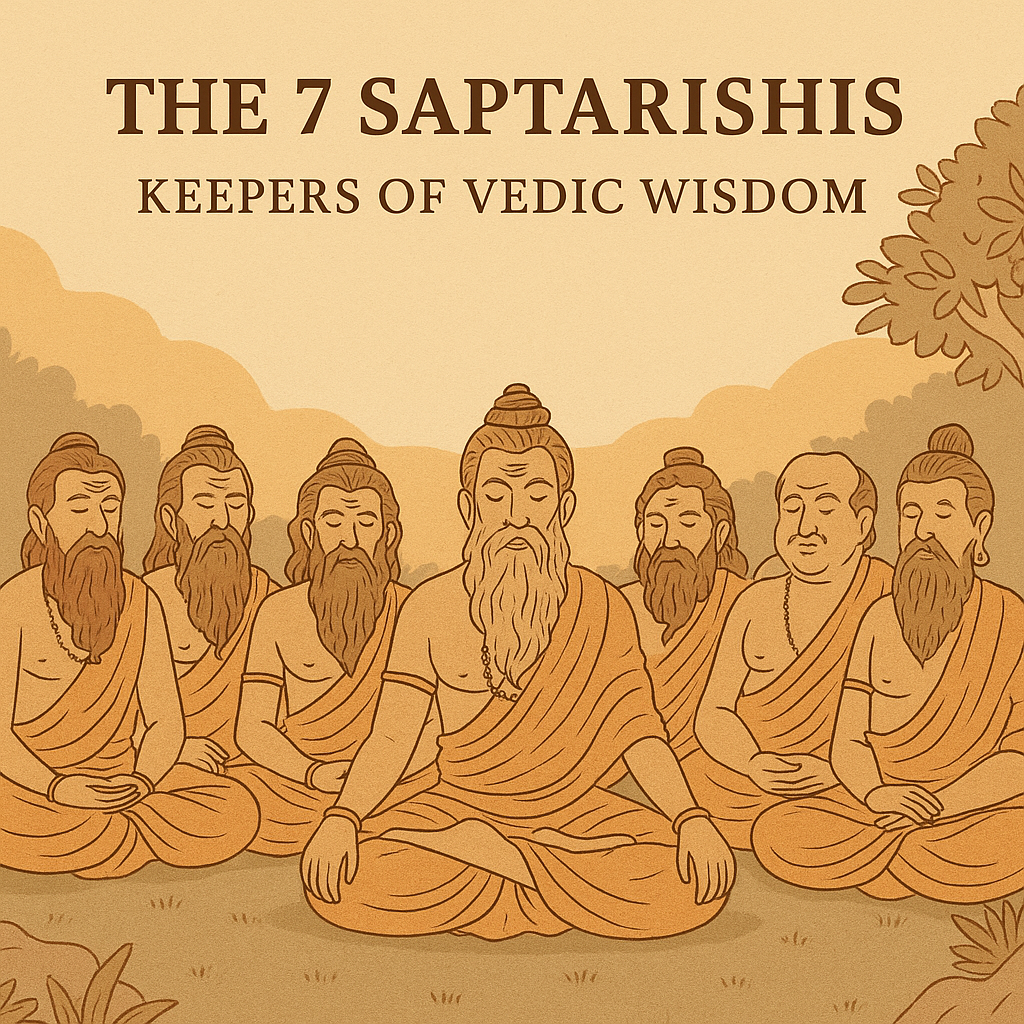Jat Reservation : Scrapping the Centre’s notification to include Jats in the central list of the Other Backward Classes (OBC) category in nine states, the Supreme Court ruled Tuesday that “caste” and “historical injustice” cannot blind a state in according backward status to a community and that new emerging groups such as transgenders must be identified for quota benefits.
In a judgment that laid down new norms for identification of backward classes for benefits of reservation and redefined the concept of affirmative action by the state, the court held that the “social groups which would be most deserving must necessarily be a matter of continuous evolution” and the principle of affirmative action under the Constitution obligated the state “to reach out to the most deserving” class.
“An affirmative action policy that keeps in mind only historical injustice would certainly result in under-protection of the most deserving backward class of citizens, which is constitutionally mandated. It is the identification of these new emerging groups that must engage the attention of the state,” the bench of Justices Ranjan Gogoi and Rohinton F Nariman said.
The court underlined that constitutional power and duty must be concentrated to discover such groups “rather than to enable groups of citizens to recover ‘lost ground’ in claiming preference and benefits on the basis of historical prejudice”.
The bench held that the perception of a “self-proclaimed socially backward class” of citizens or even the perception of “advanced classes” as to the social status of the “less fortunates” cannot continue to be a constitutionally permissible yardstick for determination of backwardness.
It said social backwardness had to be the prime consideration for granting OBC status and such recognition could not be associated with caste alone. Citing its landmark verdict on the recognition of the third gender as a socially and educationally backward class, the court said that this judgement was a pathfinder, if not a path-breaker.
“It is an important reminder to the state of the high degree of vigilance it must exercise to discover emerging forms of backwardness. The state, therefore, cannot blind itself to the existence of other forms and instances of backwardness,” the bench said.
It was a poll-eve decision by the UPA-II government in March 2014 to include Jats in the central list of OBC category — the Jats have strong social and political clout in western Uttar Pradesh and its bordering areas of Uttarakhand, Delhi, Haryana and Rajasthan besides being present in Gujarat and Madhya Pradesh.
The notification included the Jat community in the OBC list in Bihar, Gujarat, Haryana, Himachal Pradesh, Madhya Pradesh, Delhi, Rajasthan (two districts of Bharatpur and Dholpur), Uttar Pradesh and Uttarakhand, and extended benefits of reservation to Jats in job and education.
While doing so, the government had overruled the opinion by the National Commission for Backward Classes (NCBC), which adduced detailed reasons why Jats did not deserve to be included. The government, however, argued that the move was “in public interest” and that the NCBC’s advice was “directory and not mandatory.” Later, the NDA government also supported the UPA decision in court.
However, allowing a batch of petitions that had challenged the inclusion, the court noted that that authority of the government under Articles 15 (4) and 16 (4) to make special provisions, including reservation in appointments for certain disadvantaged classes, also cast a duty to make sure those deserving such benefits are getting it.
The bench faulted the decision made by the Cabinet on March 2, 2014 to grant OBC status to Jats, stating they seemed to have overlooked the fact that crucial test for determination of the entitlement had to be “social backwardness” and the NCBC had given specific reasons to discard it.
“Inclusion of the politically organized classes (such as Jats) in the list of backward classes mainly, if not solely, on the basis that on same parameters other groups, which have fared better have been so included, cannot be affirmed,” said the court, quashing the notification.
Referring to its historic verdict in Indra Sawhney’s case in 1992, the bench affirmed that although caste may be a prominent and distinguishing factor for easy determination of backwardness of a social group, such identification based solely on caste had been routinely discouraged by the Supreme Court.
“Backwardness is a manifestation caused by the presence of several independent circumstances which may be social, cultural, economic, educational or even political. New practices, methods and yardsticks have to be continuously evolved moving away from caste-centric definition of backwardness. This alone can enable recognition of newly emerging groups in society which would require palliative action,” it said.
The court added that an exercise to determine backwardness required contemporaneous data but in this case, date more than a decade old were relied upon.
“The necessary data on which the exercise has to be made, as already observed by us, has to be contemporaneous. Outdated statistics cannot provide accurate parameters for measuring backwardness for the purpose of inclusion in the list of Other Backward Classes. This is because one may legitimately presume progressive advancement of all citizens on every front i.e. social, economic and education. Any other view would amount to retrograde governance,” it said.











